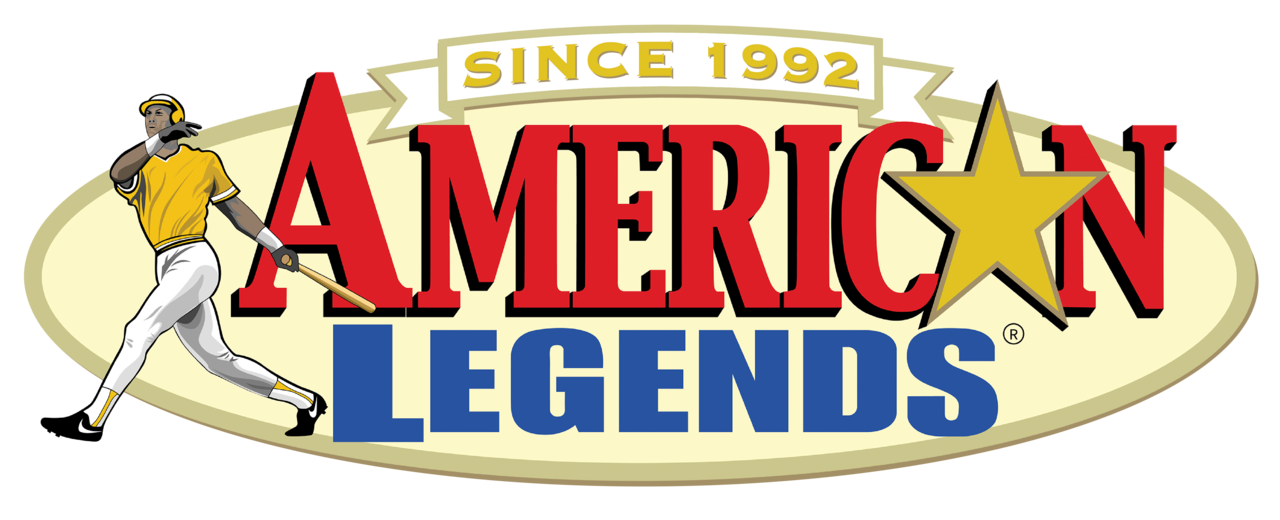Sports fans around the world remember the joy of opening a pack of cards for the first time and finding the exact card they were looking for. Those cards have always been valuable, but not just for the fond memories.
If you still have your old cards or have never stopped collecting, you may be wondering how to sell baseball cards and maximize the value of your sports memorabilia. Before you can sell your cards, you need to take a few steps. Let’s find out what they are.
#1 Identify What’s In Your Sports Card Collection
Look at the date and manufacturer of each sports card. If you are not sure what year a card was produced, you can use the information on the back. Look for the last date mentioned in the player’s stats. The card is likely from the following year(s). You can also look for copyright dates.
If you are unable to identify your cards, try using Google to help you find out the year and brand. If there are no copyright dates or stats and you cannot determine the year and brand, Google the player’s name and card number and some of the text on the back in quotes; this might help you identify the card.
#2 Evaluate the Condition of Your Cards
Do your best to assess the condition of your sports cards. Any defects on a card will affect the overall value. For baseball cards, these can include wear on the corners, creases, scratches on the surface, off-center cards, paper loss, and writing on the card.
#3 Familiarize Yourself With the Grading System
One of the essential things to consider when evaluating your card collection is how the grading system works. Experts like Professional Sports Authenticators (PSA), Sportscard Guarantee (SGC), and Beckett help people evaluate memorabilia and vintage cards by authenticating sports cards and setting uniform standards for condition.
PSA is the largest of the three major grading companies and uses a 10-point scale to value each card. The higher the rating, the more valuable your card will be worth.
Cards that are graded can often go for more money than ungraded cards. However, some cards are not worth the cost of grading as they intrinsically don’t have much value. If you decide to grade your cards, be sure the card is valuable and worth the time and money it takes to complete the grading process. Grading a card does not necessarily guarantee added value.
#4 Check Recent eBay Sales
Go to eBay and search for a specific card in your collection. Add condition information, filter the results, and view only sold items to get the best results. This will give you an idea of recent sale prices for similar cards on eBay.
Keep in mind that you probably will not be able to achieve these prices, as there are additional costs associated with using Paypal and eBay. Most dealers will offer you around 50% to 60% of the current selling price.
Bottom Line
Seems challenging? The good news, you can let professionals get the job done for you. Here at American Legends, you’ll learn everything you need to know about selling sports cards, from whether it’s worth the effort to the best places to sell your cards. We will also explain the best ways to sell sports cards and protect your original investment in the most valuable pieces of your collection. Contact us and get started!


